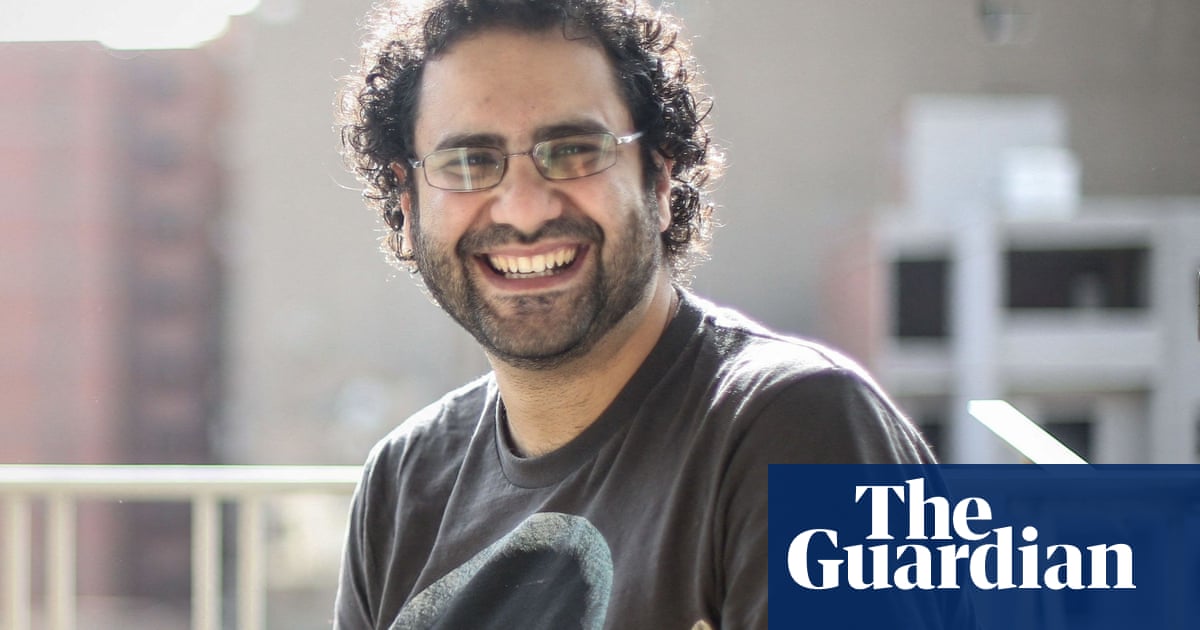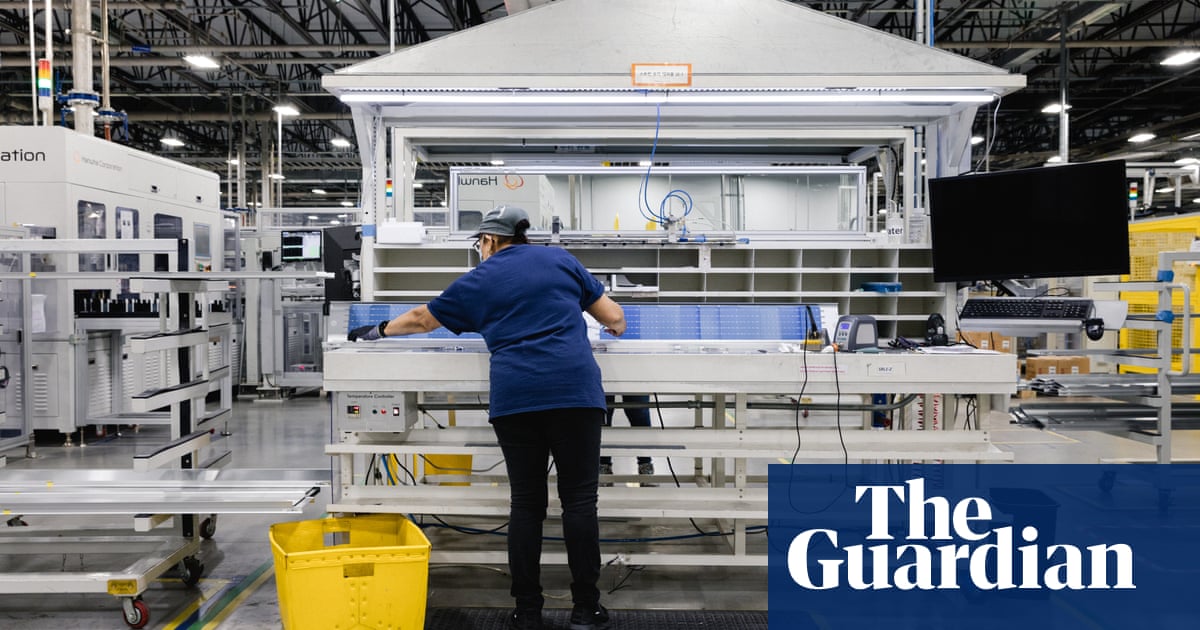For decades, the Kardashian-Jenner clan have pushed the boundaries of onerous beauty standards. Recently, the group’s matriarch, Kris Jenner, set the internet aflutter when she emerged at Lauren Sánchez’s Paris bachelorette party in May looking … different.
Outlets including People, USA Today and Vogue posted urgent bulletins about the almost-septuagenarian’s smooth, taut face. “The 69-year-old ...]has recently been mistaken by fans for her supermodel daughter, Kendall Jenner, 29,” wrote Page Six.
Many speculated that Jenner’s new look was the result of a procedure known as a deep plane facelift. There has been debate about whether this is true; nevertheless, Google searches for the term skyrocketed.
“Let’s be honest – if someone looks incredible for their age, they’ve likely had a facelift,” says Dr Anand Sanan, a double board-certified facial plastic surgeon. “The truth is, there’s no green juice, workout regimen or amount of Botox and filler that can replicate the results of deep plane surgery,” Sanan says.
Here’s what to know about the deep plane facelift.
What is a facelift?
The goal of any facelift – also known as a rhytidectomy – is to “lift and reposition the skin, soft tissue, fat pads and muscle layers that naturally descend over time due to gravity and aging”, says Sanan.
Specifically, it targets signs of ageing in the mid-face, jawline and neck, explains Dr Patrick J Byrne, facial plastic surgeon, president of the American Academy of Facial Plastic and Reconstructive Surgery (AAFPRS) and chair of the Cleveland Clinic’s Head & Neck Institute.
Facelifts are one of the most popular cosmetic procedures in the US. According to a 2024 members survey from the AAFPRS, the procedure is one of the three most common top facial surgery procedures, and nearly 90% of the group’s members perform them each year. The survey also noted that facelift patients are “trending younger” – roughly 32% of facelifts are performed on those ages 33-55, up from 26%.
Facelifts are also becoming more common in the UK. The British Association of Aesthetic Plastic Surgeons reported an 8% increase in the number of face and neck lifts performed in 2024, partly due to a 26% increase in the number of the procedures performed on men.
How is a deep plane facelift different from a traditional one?
A deep plane facelift works with deeper layers of tissue than a typical facelift, also known as a superficial musculoaponeurotic system (SMAS) facelift. The SMAS is a thin, fibrous layer that divides the face’s deep and superficial layers of adipose tissue (or fat cells).
“With a traditional SMAS facelift, the skin is lifted away from the underlying SMAS layer and tightened separately from it,” explains Dr Justin Cohen, a double board-certified facial plastic surgeon. This technique is “relatively easy to perform, and remains one of the most commonly used by surgeons today”, he says.
By contrast, a deep plane facelift works beneath the SMAS layer, says Sanan. During a deep plane facelift, a surgeon releases the facial ligaments that “tether the face and neck down”. Releasing these ligaments allows the surgeon to “lift the entire facial soft tissue layer as a single unit,” he says.
“The technique avoids the overly tight or ‘pulled’ look sometimes seen with more traditional techniques,” says Cohen.
Because they work with a deeper layer of tissue, deep plane facelifts tend to last longer.
“The face will continue to age following surgery,” says Cohen, and the longevity of the results depends on a number of factors including the patient’s genetics, lifestyle and skincare regimen. Generally, though, results can be seen for 10-15 years following surgery, as opposed to up to 10 years for regular facelifts.
As it is a more complex procedure, the deep plane facelift often costs more than an SMAS facelift, says Cohen. The American Society of Plastic Surgeons puts the average cost of a facelift in the US at about $11,395. A deep plane facelift, meanwhile, can set you back between $30,000 and $100,000, says Cohen.
after newsletter promotion
“There are some high-demand surgeons charging up to $250,000 or more,” he says.
What are the risks of a deep plane facelift?
Every surgery comes with risks, and the risks of a deep plane facelift are similar to the risks of any facelift, says Cohen. These include hematomas (a collection of blood inside a closed wound), infection, nerve injury, a prolonged healing process, and facial asymmetries or irregularities.
“In experienced hands, these risks are low but should be part of an informed discussion,” says Byrne.
For people interested in a facelift, experts repeatedly emphasized how important it is to choose a skilled surgeon, especially when it comes to an advanced procedure like the deep plane facelift.
“Unfortunately, with the growing popularity of the term ‘deep plane’ as a marketing buzzword, there are surgeons advertising deep plane procedures” when that’s not what they’re doing, says Cohen.
Experts recommend working specifically with a facial plastic surgeon – “someone who has dedicated their entire career to mastering facial anatomy, harmony and ageing”, says Sanan.
Additionally, just because a deep plane facelift is the buzzy procedure du jour doesn’t mean you need one. Even if you are interested in cosmetic surgery, it might not be the procedure for you.
“No single technique is right for everyone,” says Cohen.
And if it’s not for you, just think of all the other things you could spend that money on – like a rare Beanie Baby, or several diamond crystal bathtubs for your dogs.

 4 hours ago
2
4 hours ago
2

















































